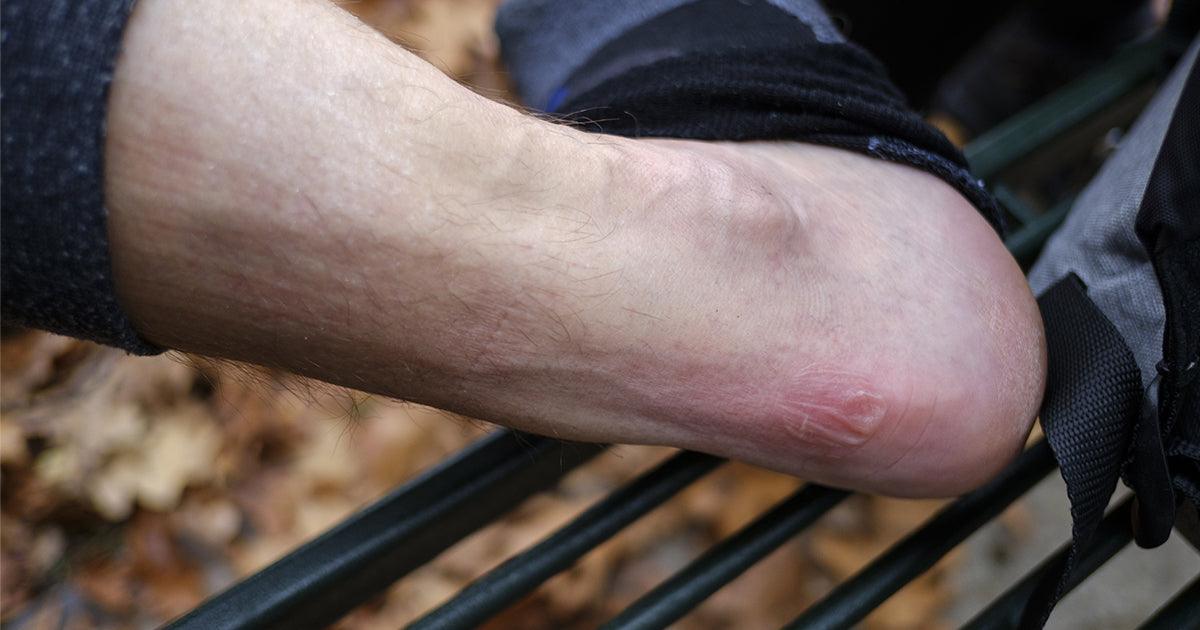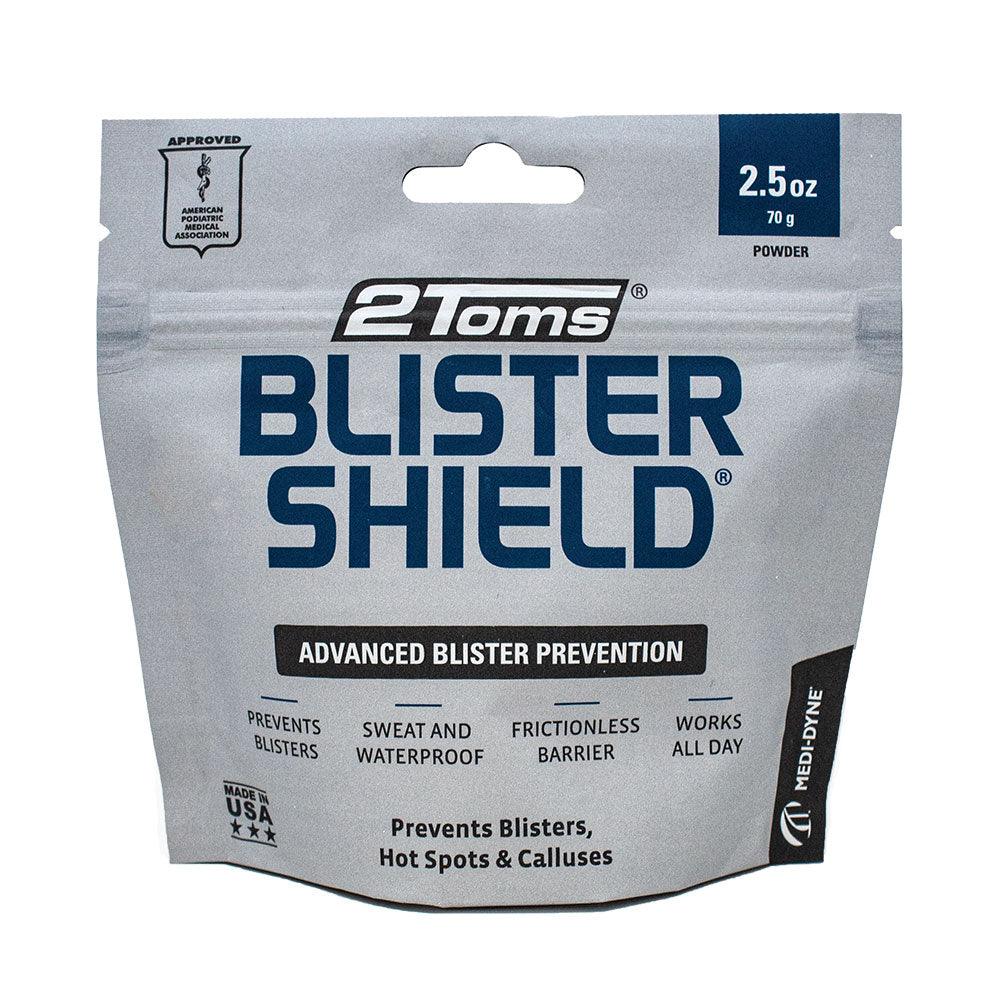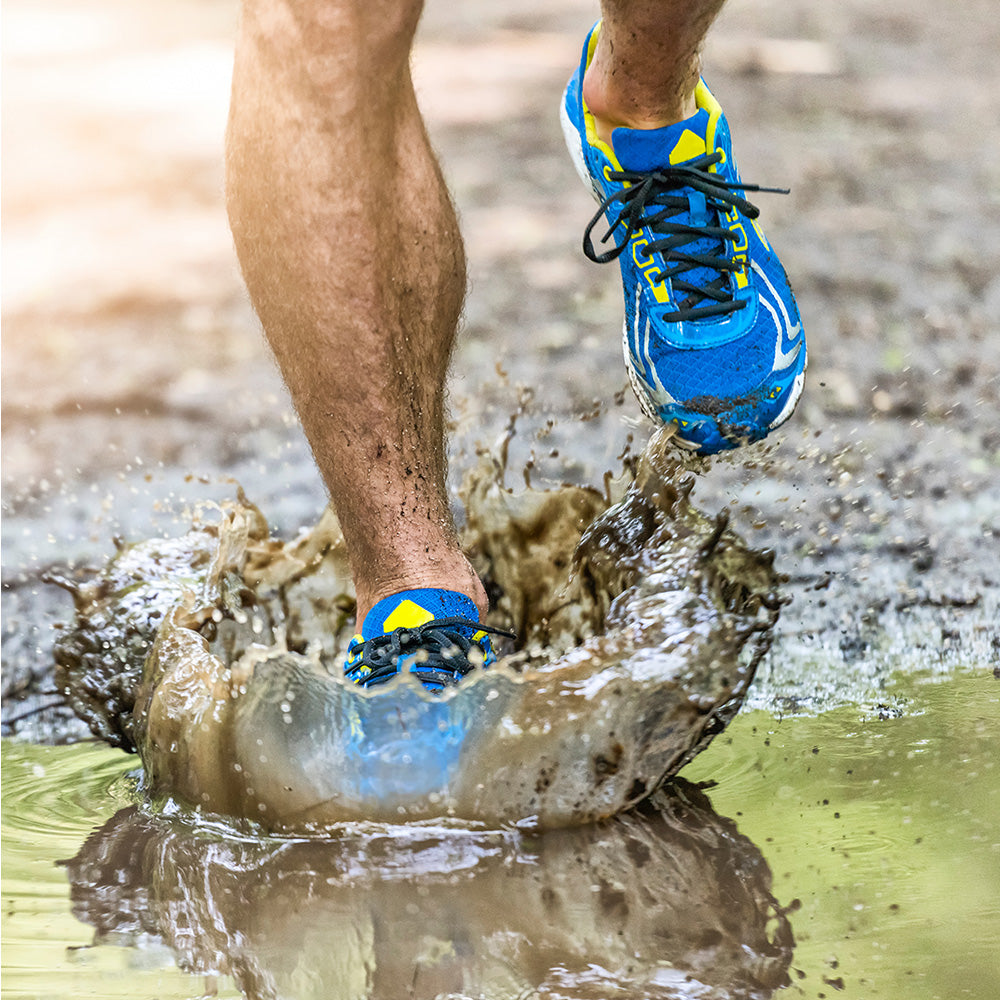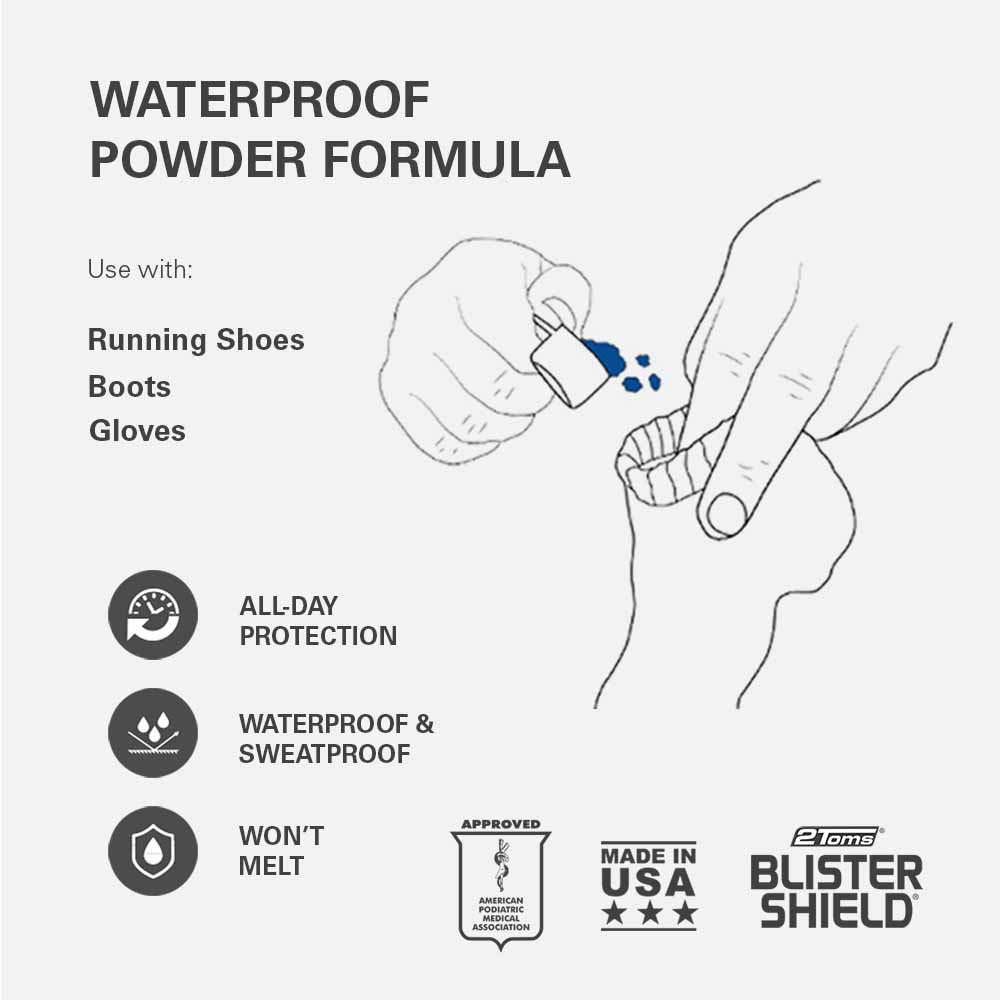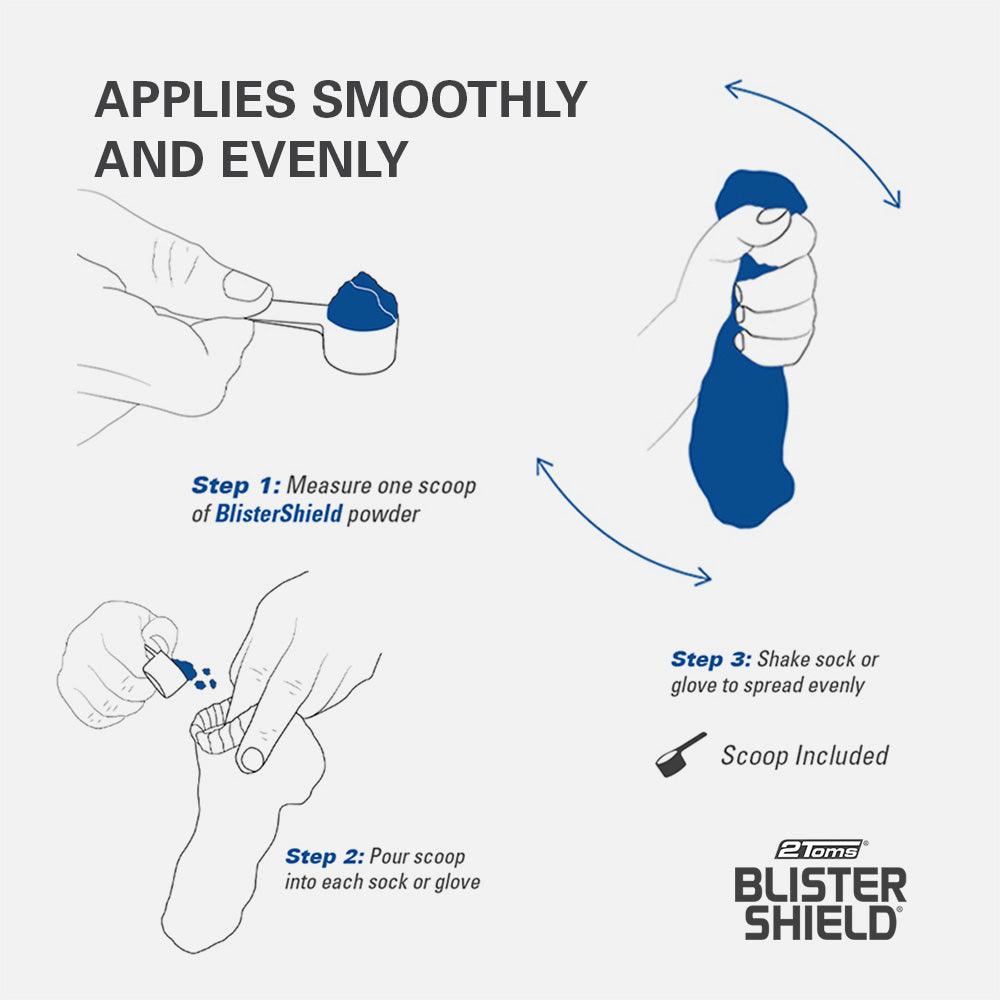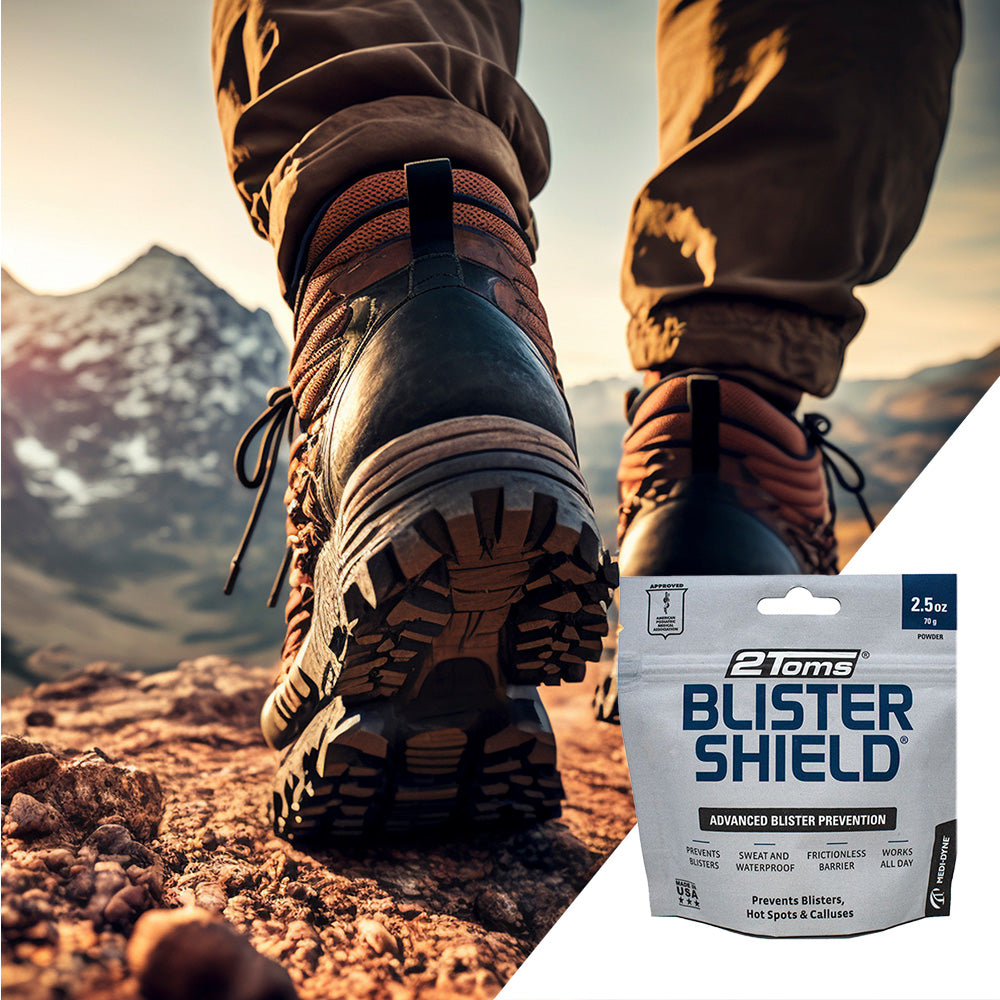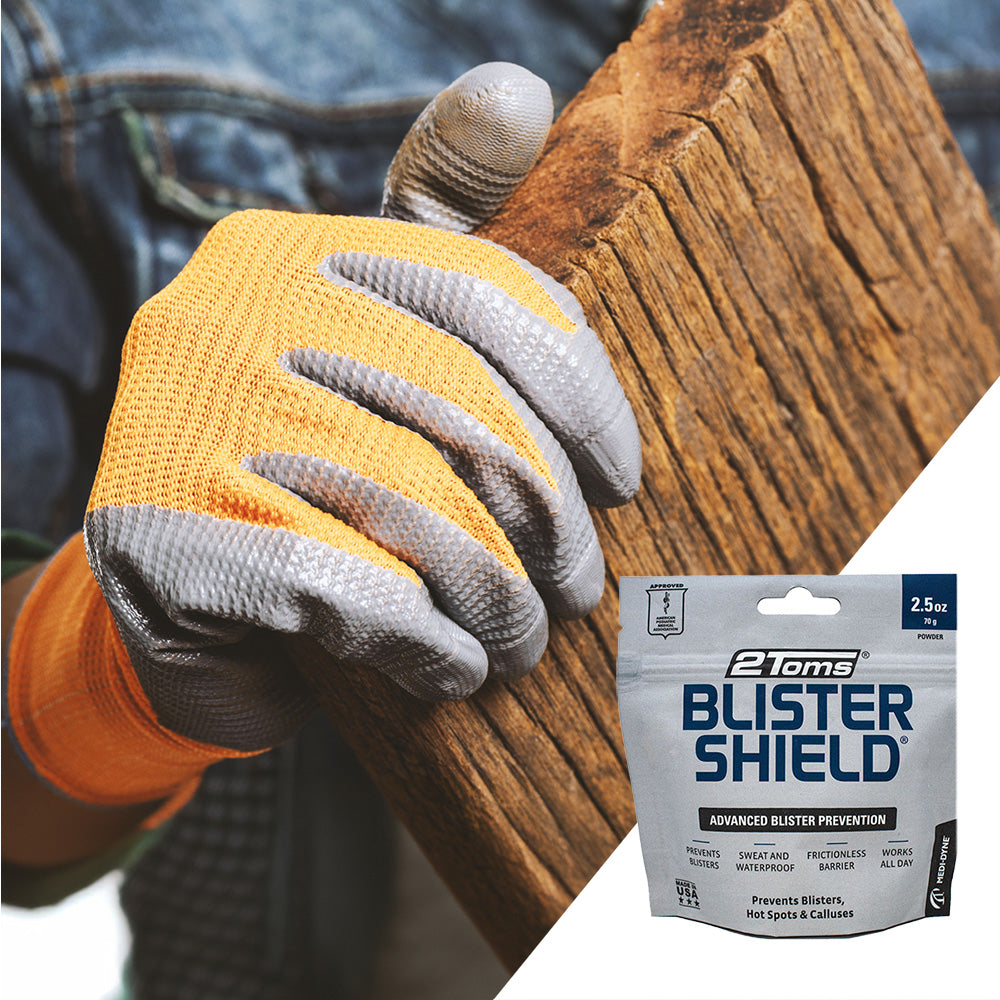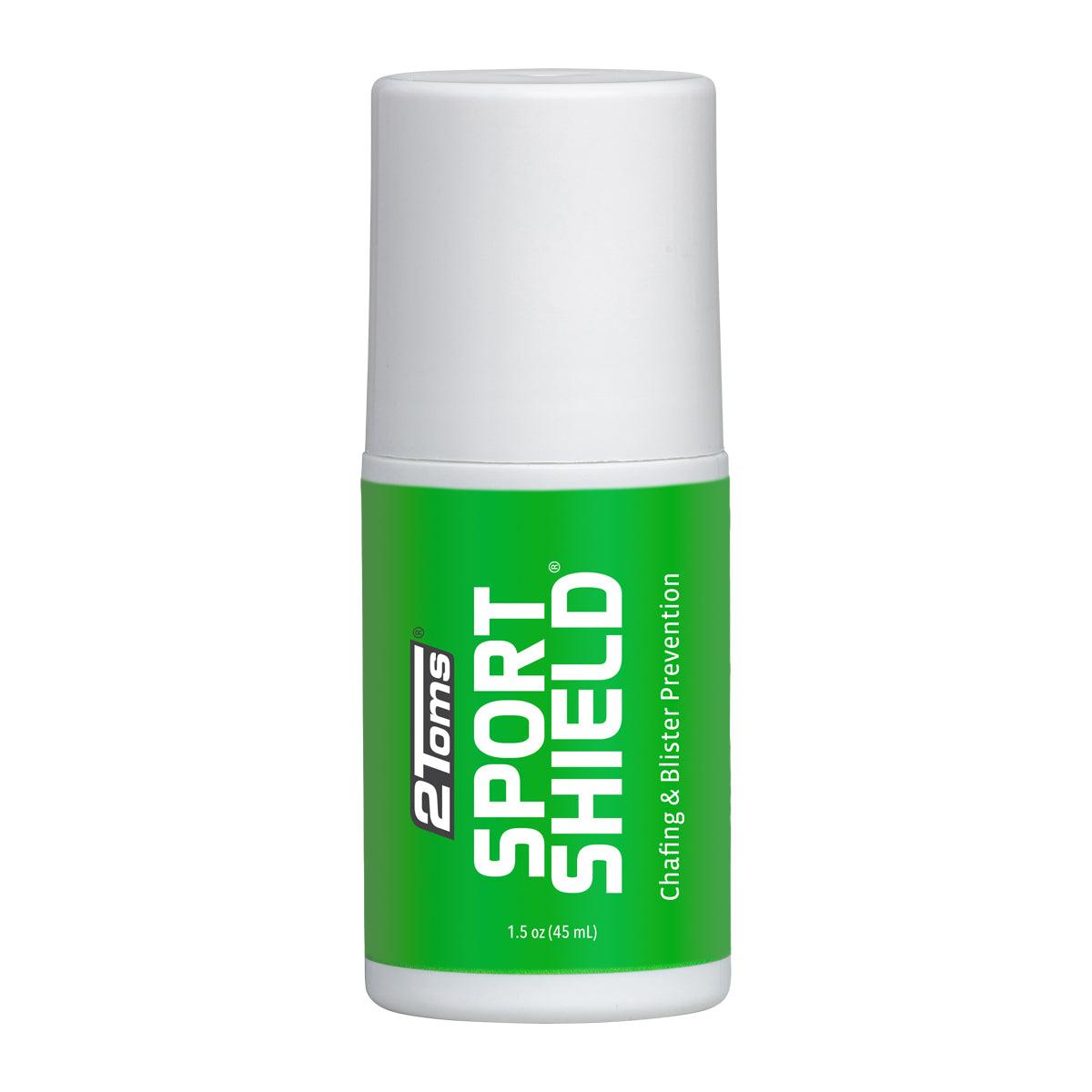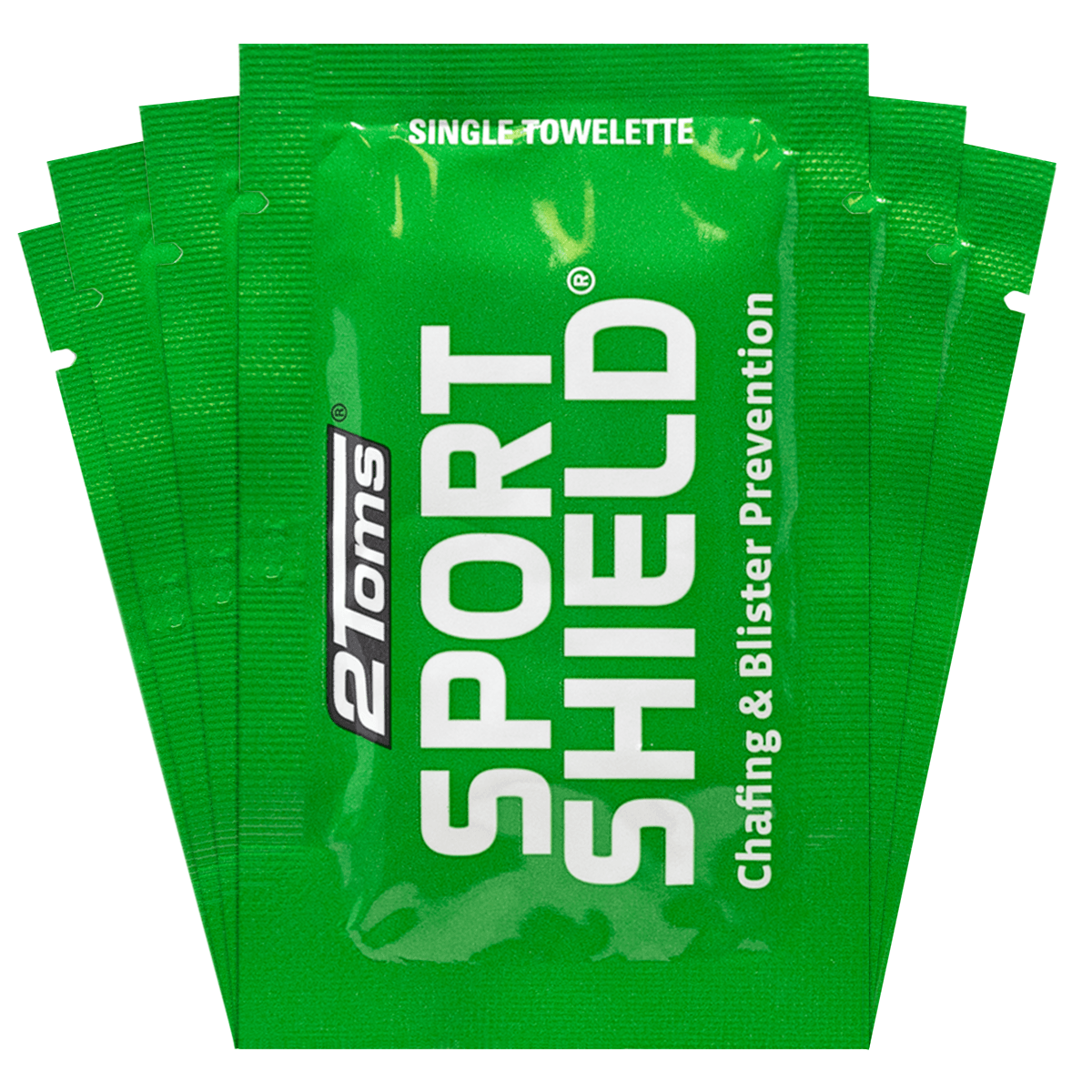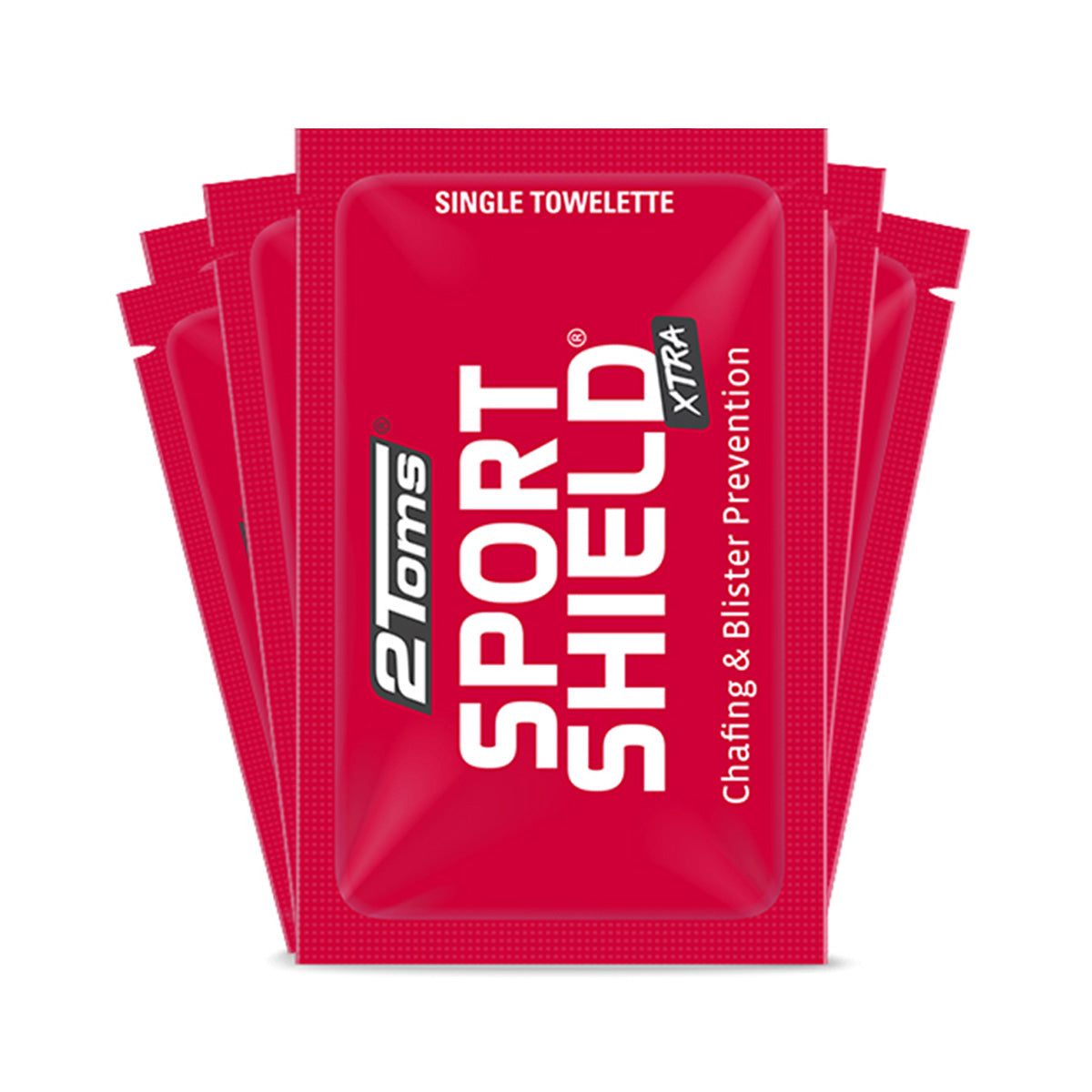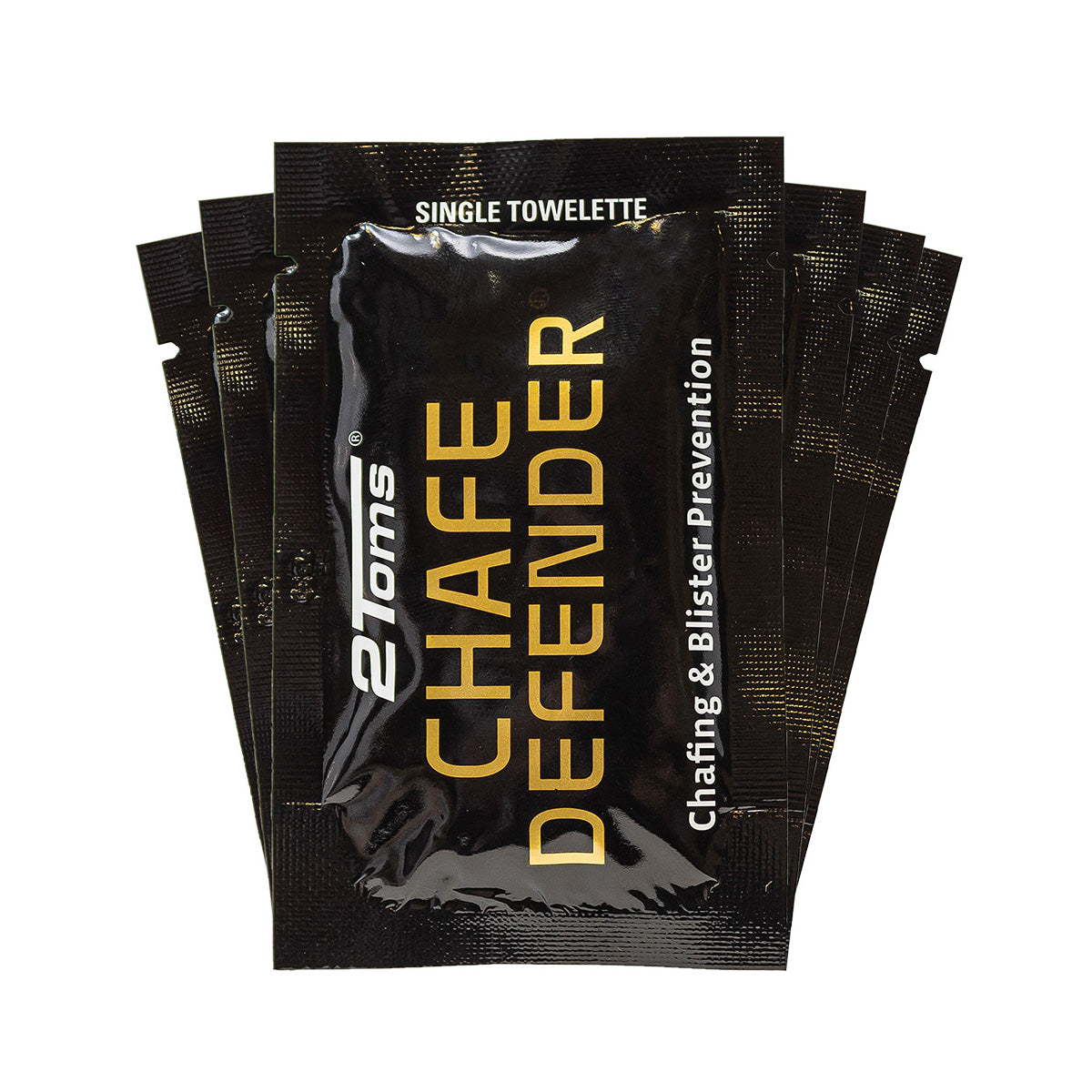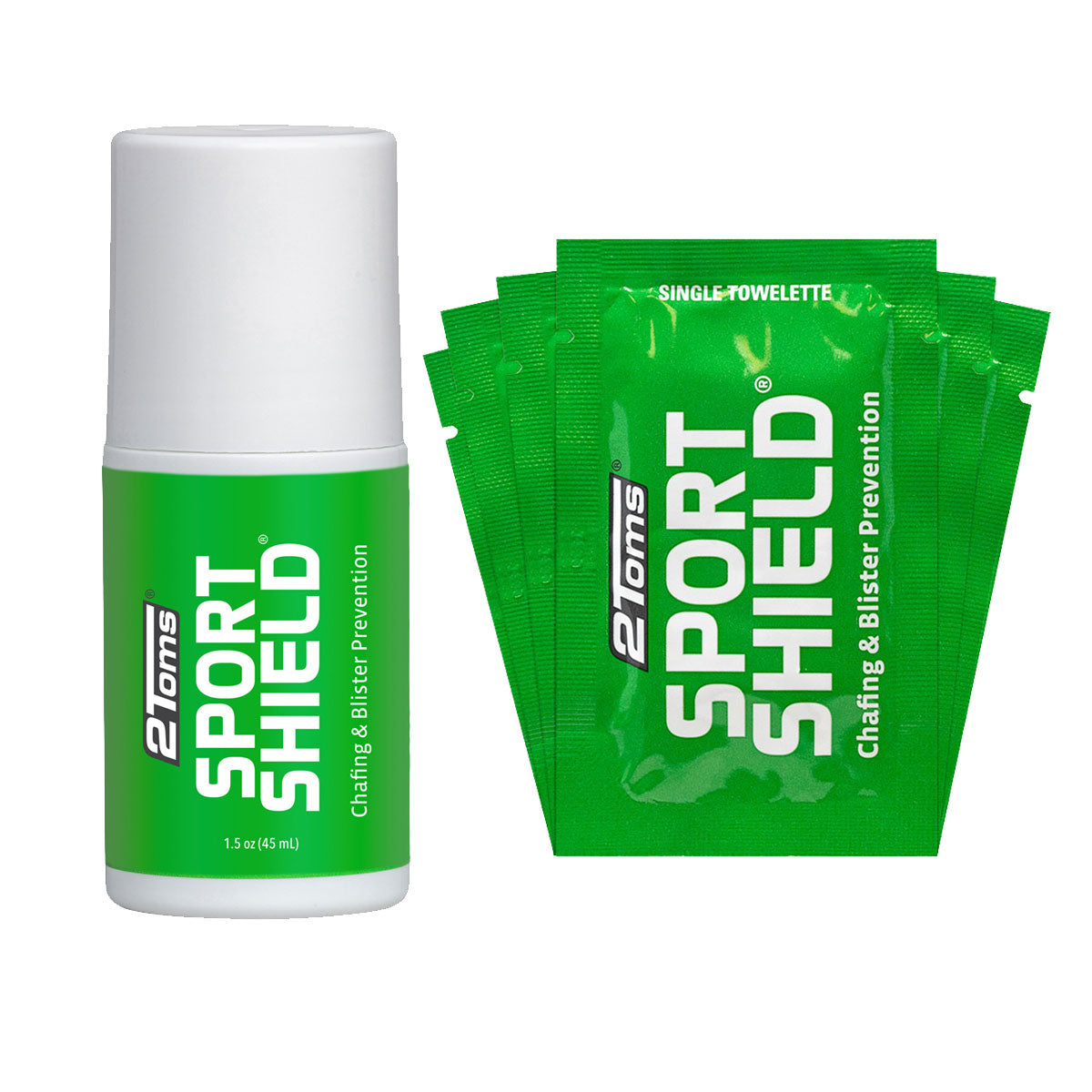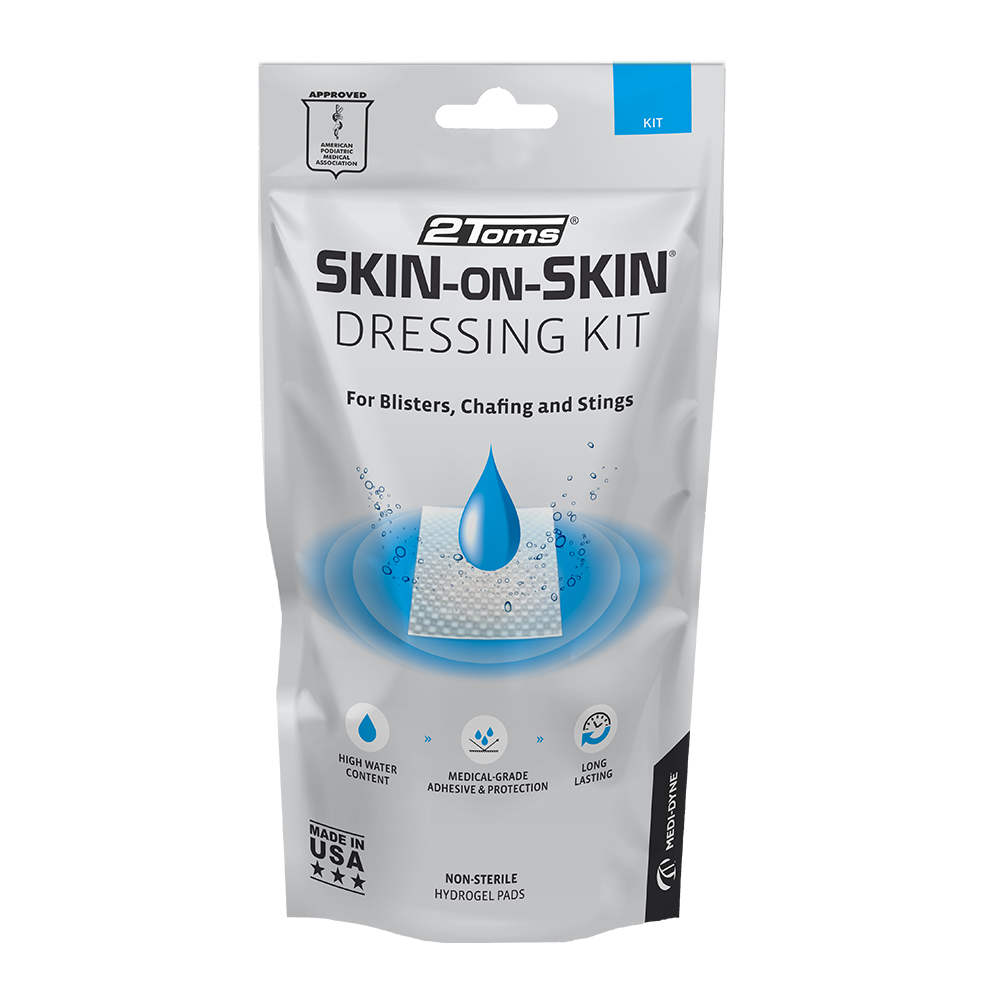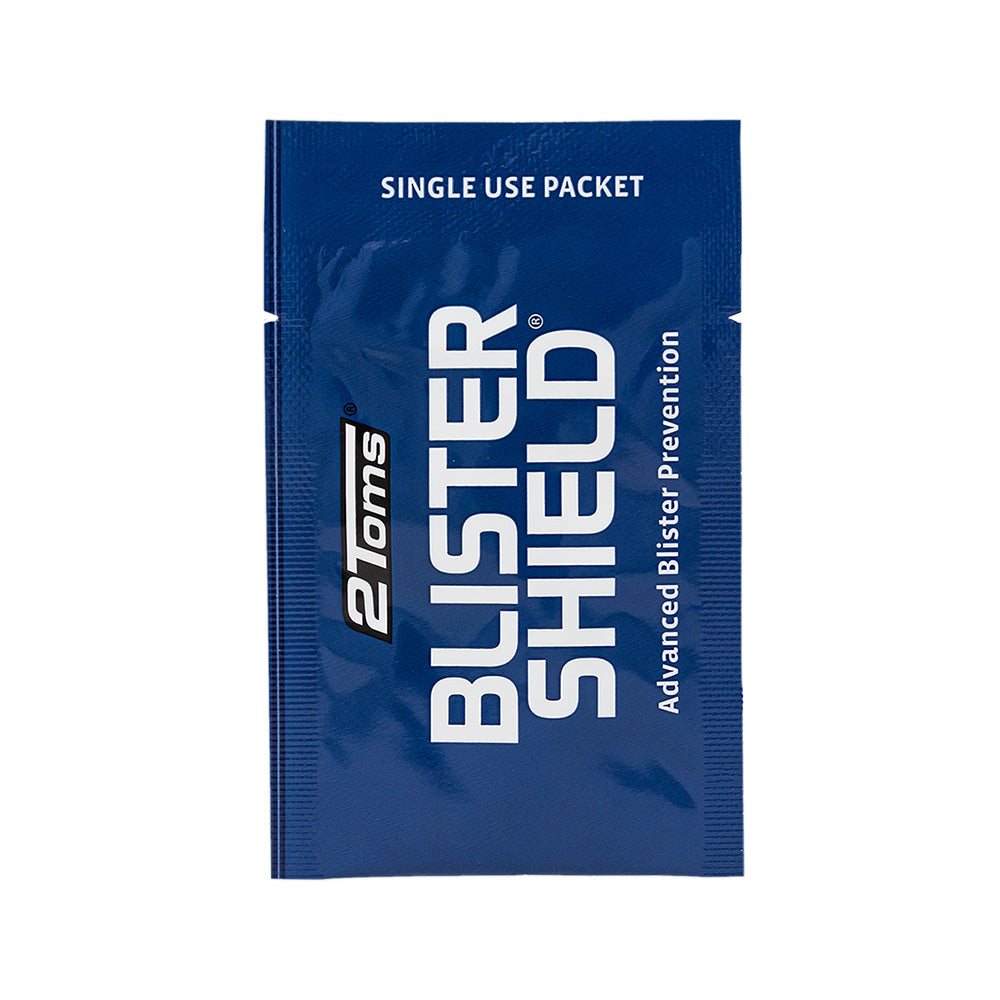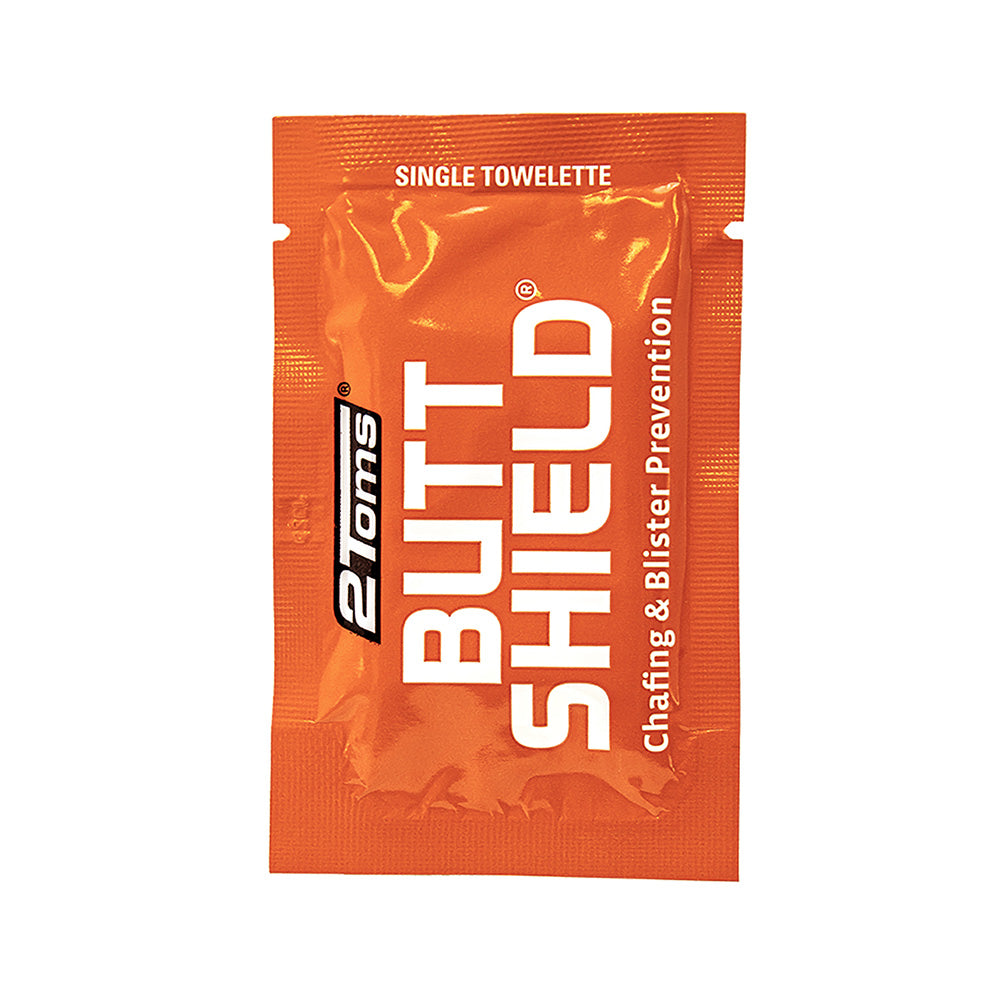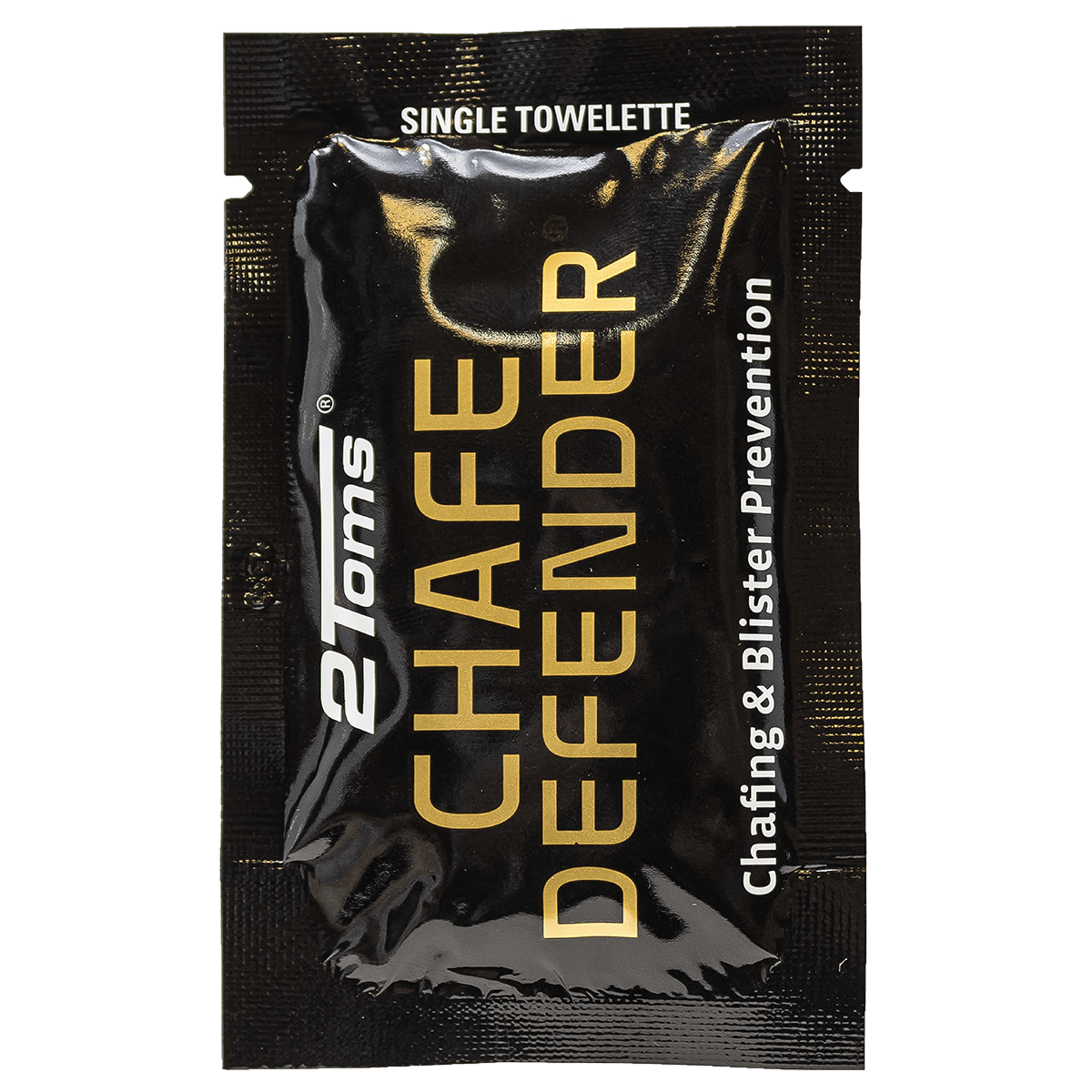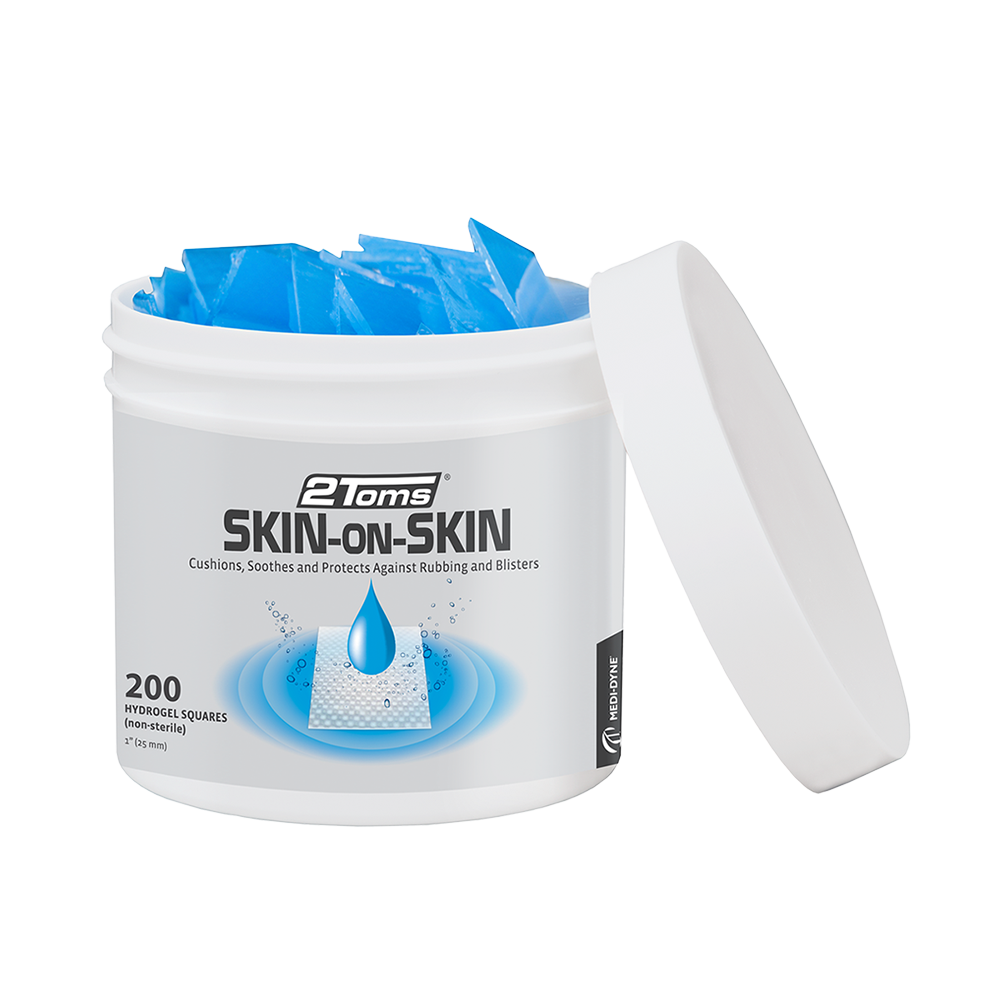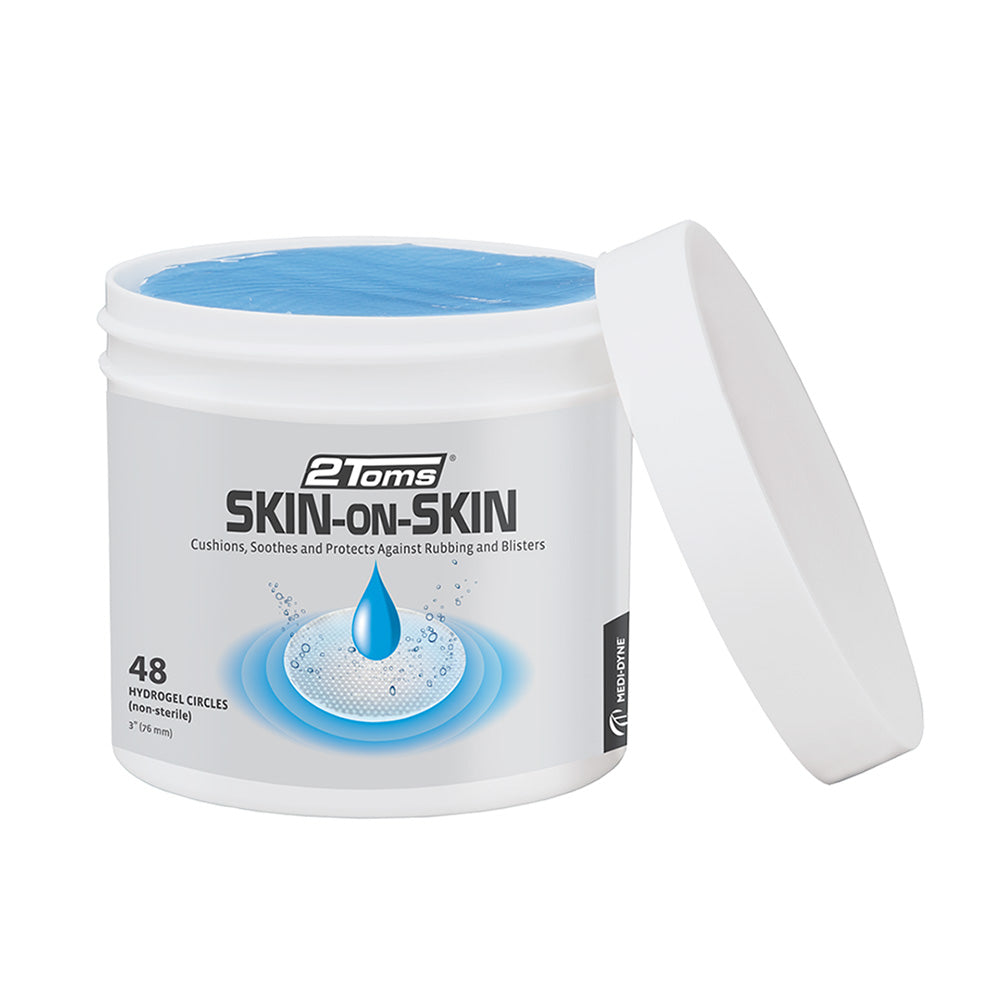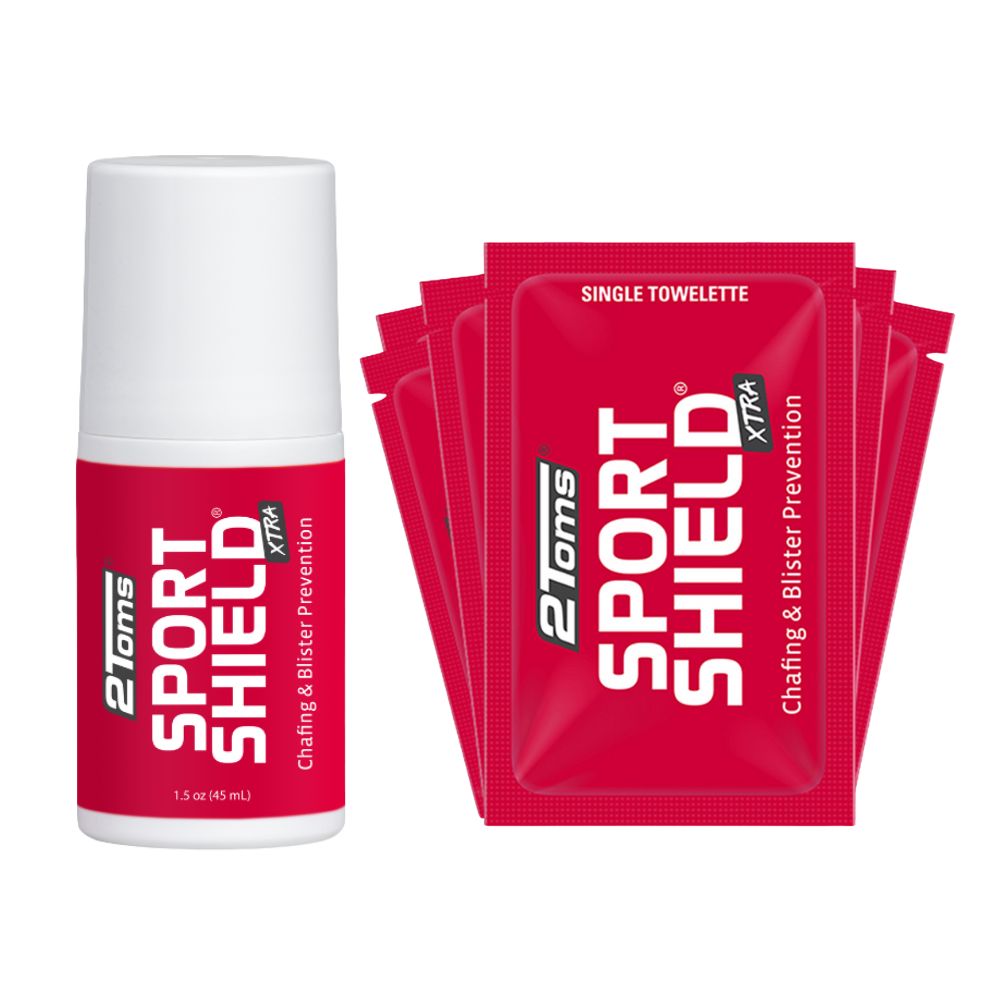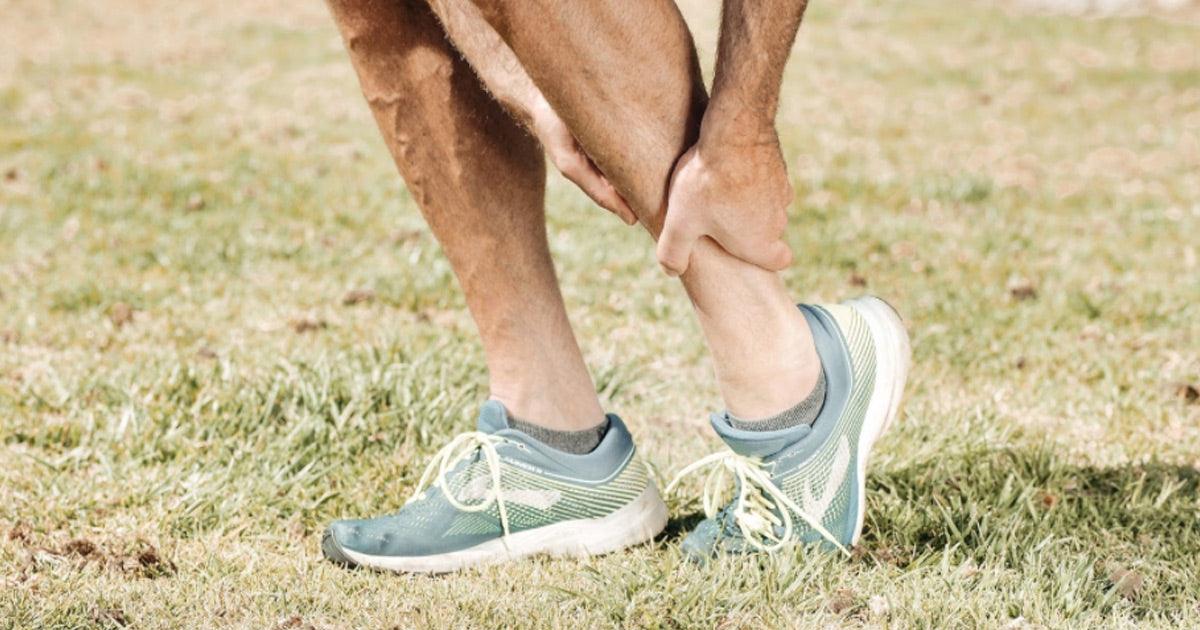How to Treat and Prevent Blisters
Whether you are pushing through a marathon or a day of work, the discomfort of a blister can stop you in your tracks. Blisters, sometimes called friction blisters, are pockets of skin filled with fluid. They form in response to damage to the skin as a result of continuous rubbing or irritation.
People who are active or do strenuous work or exercise are likely to have a blister at some point. Blisters are rather common and can occur because of various activities. As a result, it is important to know how to prevent and how to treat blisters. This guide will give you the information you need to know on how to treat friction blisters and what precautions you can take to avoid them so that you can avoid the discomfort altogether.
Causes of Blisters
Blisters most commonly develop on your hands and feet from irritation or rubbing against foreign material, like gloves, socks or shoes. Blisters can often form due to various activities, including:
- Running
- Walking
- Yardwork
- Breaking in new shoes
- Playing sports
These are just some of the ways that blisters can form. Activities where your body parts rub together or rub against your clothing are most likely to cause uncomfortable friction blisters. Long-distance and marathon runners, for example, are going to be far more susceptible to blisters because of the repeated motion. Fortunately, there are ways to treat and prevent blisters.
How To Treat Blisters
If they are left alone, blisters often heal on their own in a couple of weeks or less. Try not to agitate the blister too much and try to give the skin time to heal. This means that you should not resume the activity that caused the blister before it has healed. Otherwise, you will only prolong the discomfort and set your progress back. There are a few small steps that you can take to aid the healing process:
1) Protect the blister
Avoiding friction and irritation on the area should be your priority to allow the blister to heal. Place a hydrogel pad over the blister to prevent rubbing against your shoes or clothing. Place the hydrogel pad loosely enough that it will not irritate the blister. Another way to do this is to use padding to surround the blister. This works great, especially to take pressure off blisters on the bottom of your feet.
2) Draining the blister
Typically, you should avoid popping your blister since this could lead to an infection. However, if you have a very large and uncomfortable blister, you can consider using a small needle sterilized in rubbing alcohol to pierce one side of the blister and drain it.
3) Monitor for an infection
Watch the blister to ensure that it is not infected. Look for signs like extreme redness or swelling or any yellow pus. If you notice any of these signs, you should contact your doctor. However, as long as you are properly treating the blister, you should not have to worry.
4) Cleaning the area
It is very common for blisters to pop on their own. Whether you opt to drain it or it happens naturally, make sure to wash the area with soap and water to prevent infection. Keep the blister covered to maintain hygiene and allow it to heal properly.
Ultimately, treating a blister is a simple process and knowing how to treat friction blisters will have you back to your activity in less than a couple of weeks. However, if you are an active runner or hard worker, then the treatment process can be a nuisance, especially when it is keeping from what you enjoy and reaching your goals. This is why it is a good idea to be mindful of ways to prevent blisters altogether.
How to Prevent Blisters
Although blisters and friction blisters are frustrating, there are ways to prevent them. By taking the right precautions, you can avoid discomfort and frustration.
1. Choose Your Clothing Wisely
When you are running long distances, protecting your feet is going to be key. Choosing the right socks is the first step. Try to wear socks without cotton, which will lead to moisture buildup and more friction. Make sure your shoes fit comfortably and are not too loose or too tight. Be especially careful when breaking in new shoes and provide yourself with the right protection against blisters until the shoes feel comfortable.
When you take on a long run or physical activity, make sure the rest of your clothing is loose-fitting and comfortable. You should avoid cotton clothing as well to avoid moisture buildup.
2. Listen to Your Body
When you are running, you should listen to your body and pay attention to any feelings of irritation or friction. If you start to feel your skin becoming irritated or notice some redness or irritation, you should stop your activity to prevent developing a blister. It can sometimes be difficult to stop, especially when you are in the middle of training, but you will be sidelined for even longer if you keep going and develop a blister.
3. Use the Right Blister Prevention
Another great way to prevent blisters is with an effective shield preventive product to reduce friction and make it less likely for a blister to form. 2Toms BlisterShield® is a great option that works, creating an almost friction-less barrier between you and your shoes, which prevents heat build-up and moisture that can lead to a blister. 2Toms BlisterShield also helps prevent hot spots and calluses so that you can stay comfortable and strong throughout your entire exercise.
When you are running long distances, you need protection that is not going to wear out and slow you down. 2Toms BlisterShield is sweatproof, waterproof and works all day to keep you protected, even during your toughest exercise.
Having the right protection against a blister will keep you going strong while training or competing without any interruption. Try 2Toms Blister Shield so that you can approach your activity comfortably and with peace of mind.
RELATED PRODUCTS:
OTHER RELATED TOPICS:
SPORTSHIELD: THE MUST HAVE CHAFING AND RUBBING PROTECTION FOR JUST ABOUT ANY ACTIVITY
3 COMMON TYPES OF BLISTERS AND PREVENTION
PREVENT SKIN IRRITATION FROM MEDICAL MASKS
5 REASONS WHY YOU SHOULD STRETCH IN THE MORNING
PLEASE NOTE: The information on this website and article is for information only and should not be used as a substitute for consulting your doctor. Consult your doctor for proper diagnosis and rehabilitation.




